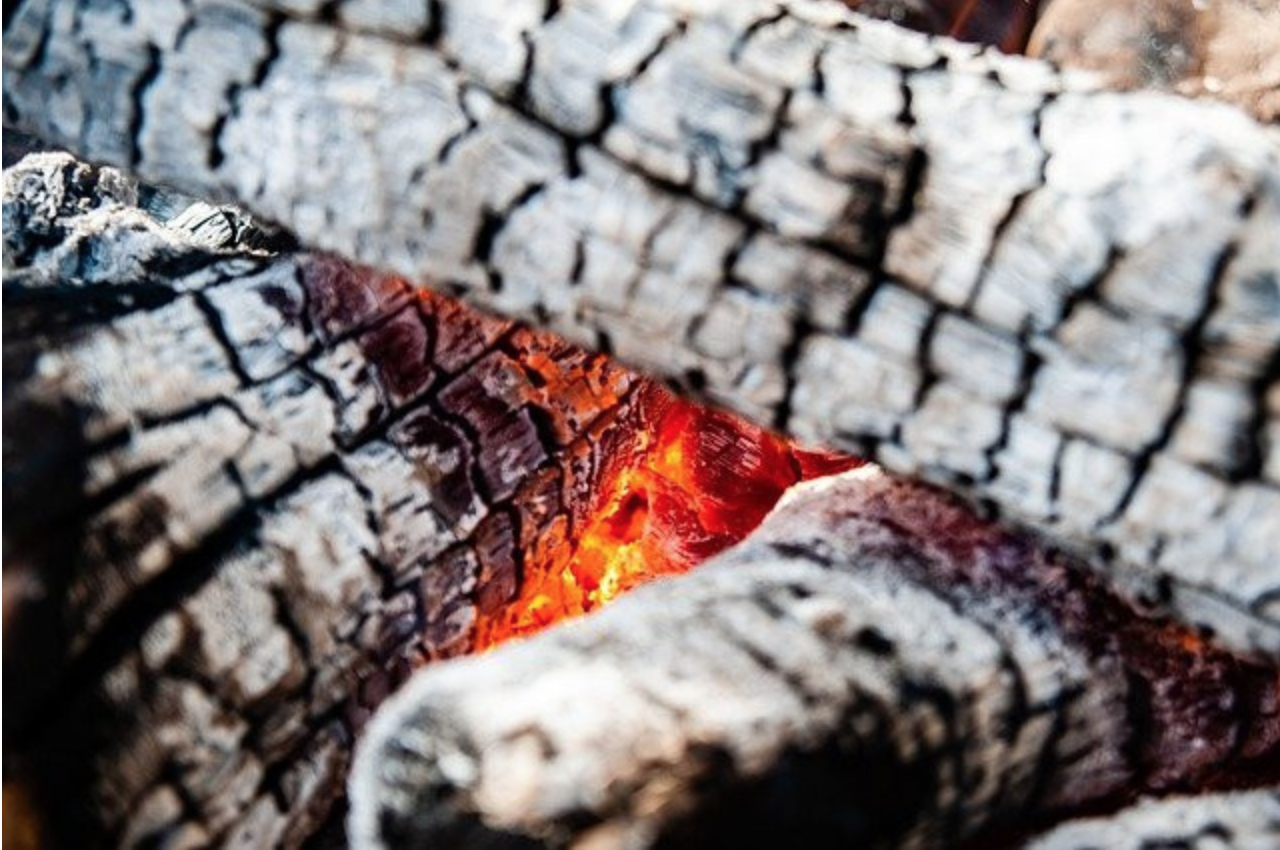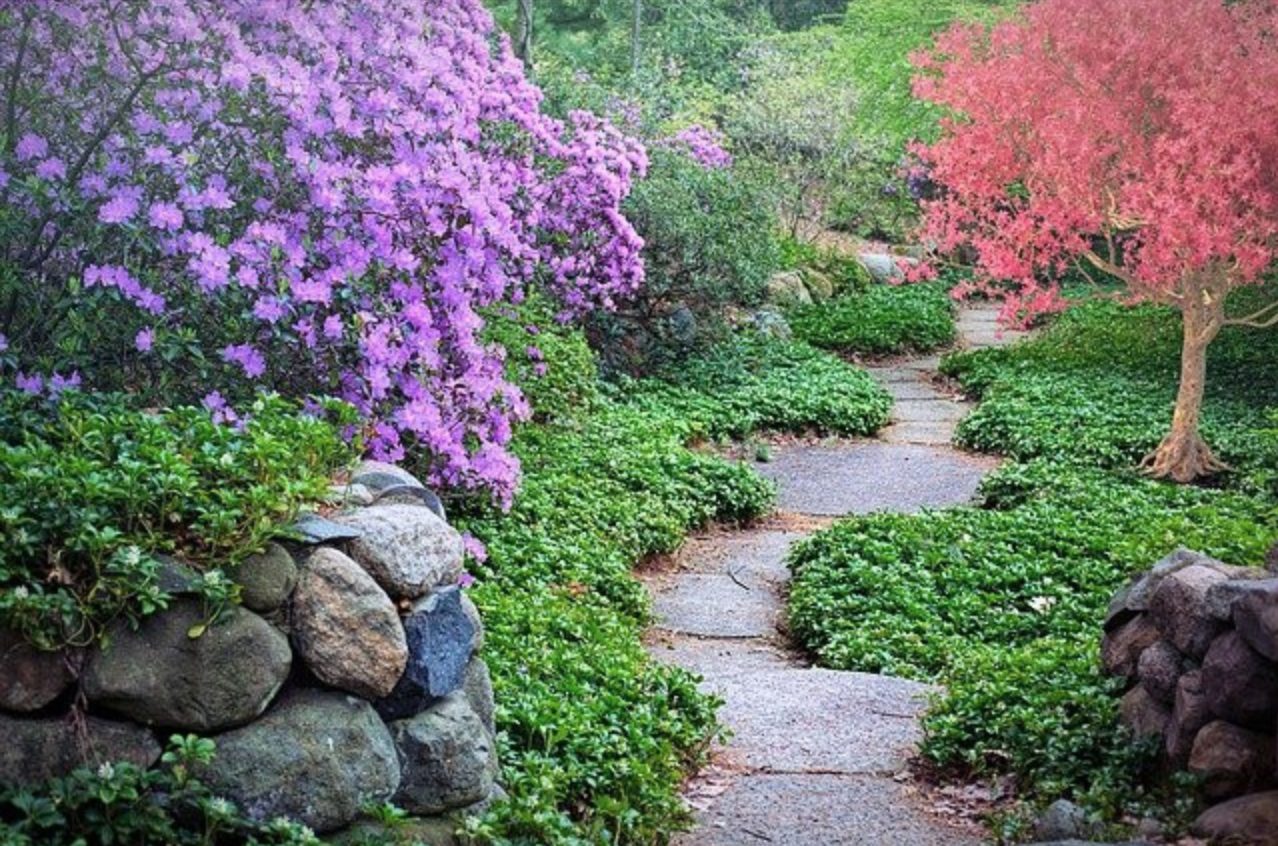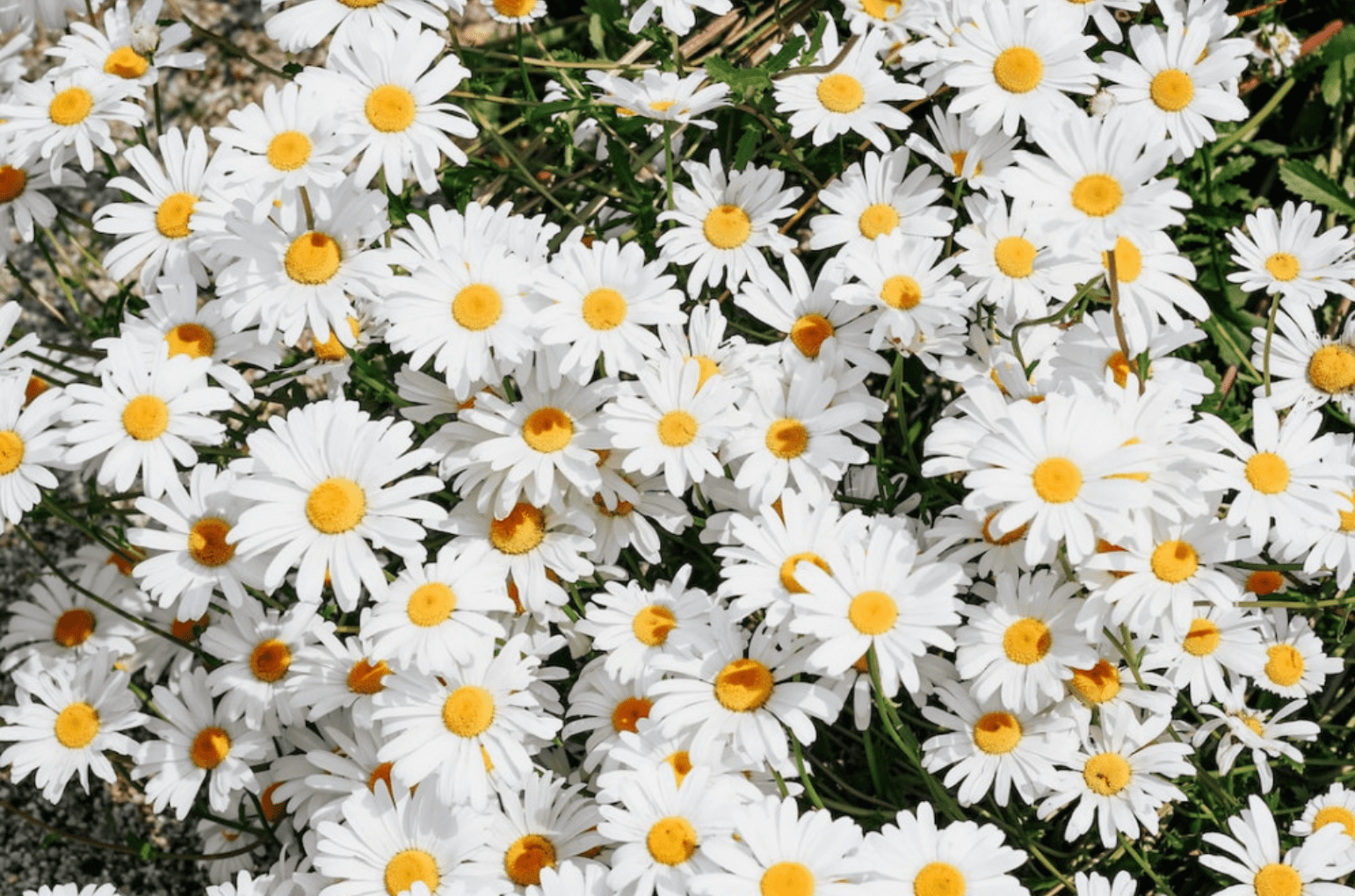Daisies are one of the most popular and recognizable flowers in the world. They bring a cheerful touch to gardens and fields with their bright yellow and white petals, but are they weeds? The answer to that question is more complex than you may think. This article will explore the different types of daisy plants and their classification as weeds or not.
I was raised in Spain, where I thought daisies were stunning yellow flowers. During spring, they flourished everywhere, and I loved playing and running around them. However, after moving to the USA, I was surprised that some people think of daisies as weeds. Thankfully, I have since discovered that not all daisies are considered weeds.
Flowers vs. Weeds: What is the Difference?
A flower is a plant that people choose to cultivate based on subjective ornamental qualities such as its color, scent, shape, or size. As such, you can find flowers in gardens, greenhouses, or other environments, where people can enjoy their given beauty.
On the other hand, a weed is typically considered an undesirable plant or a nuisance due to being invasive or disruptive. Because of this, they are often considered a menace competing with native plants for nutrients, light, and space.
Whether you classify a plant as a flower or a weed often depends on where it sits. For example, if you plant an English daisy in a pot for your balcony, it is a flower to you. But if it grows without control in your yard, it is now a weed.
Daisies That Are Often Considered Weeds
Daisies belong to the Asteraceae family, one of the world’s largest plant families. There are over 20,000 species of daisy-like flowers in this family, so it’s no surprise that some daisy plants are considered weeds. Let’s go over two common examples:
English Daisy (Bellis perennis)
The English Daisy also known as the Common Daisy, is a wildflower native to Europe. It is often considered a weed because it readily self-seeds and can spread rapidly in gardens and lawns. However, its small size and bright yellow and white flowers make it a popular choice for ground cover and rock gardens.
You can find English daisies in lawns, parks, and other turf areas. Their ideal environment is moist and fertile soils, and they grow well in either full sun or partial shade conditions. This flower can form clusters on the turf with the help of its leaves coming from the base and placed close to the ground.
Although considered a weed by many, the English Daisy’s attractive blooms make it a favored species for some landowners and park managers, who may keep scattered patches of daisies within their lawns and other grass areas.
This 3-minute video shows examples of English daisies:
Oxeye Daisy (Chrysanthemum leucanthemum)
The Oxeye Daisy is a fragile, native perennial plant that stands at a height of around 30 to 90 cm. Its composite blooms, reminiscent of classic daisies, sit atop the terminal stem and are comprised of a sunny yellow disk surrounded by white petal-like rays. This wildflower showcases two distinctive forms of foliage – shorter leaves that run along the stem, and longer basal leaves, which are dark green and have either pinnately lobed or coarsely jagged edges.
The Oxeye Daisy is native to Europe and Asia and is considered an invasive weed in many countries. It can form large colonies and displace native vegetation, making it a problem for farmers and gardeners.
This 3-minute video goes over how to grow Oxeye Daisies because despite being considered a weed, they are beautiful:
Daisies That Are Not Considered Weeds
Shasta Daisy (Leucanthemum x superbum)
The Shasta Daisy is a hybrid cross between two daisy species, the English Daisy (Bellis perennis) and the Oxeye Daisy (Chrysanthemum leucanthemum). Shasta daisies are not considered weeds and are commonly grown as ornamental plants in gardens and parks.
Black-Eyed Susan (Rudbeckia hirta)
Black-Eyed Susan is a North American native wildflower often grown as an ornamental plant. It is not considered a weed, but it can spread rapidly and self-seed in gardens if not controlled.
Prairie Sunflower (Helianthus annuus)
The Prairie Sunflower is a tall and striking wildflower native to North America. It is often grown as a garden plant and is not considered a weed.
How to Control Daisy Weeds in Your Garden
If you have daisy weeds in your garden, you may want to take action to control their spread. Here are some tips for managing daisy weeds:
- Pull up young plants by hand before they can flower and produce seeds.
- Use a pre-emergent herbicide to prevent seeds from germinating.
- Apply a post-emergent herbicide to control established plants.
- Mulch around desirable plants to prevent weed seeds from germinating.
- Regularly mow lawns to keep weed growth in check.
Closing Words
Depending on the species, daisies can either be considered weeds or not. Due to their quick proliferation and capacity to supplant natural plants, several species, including the English Daisy and Oxeye Daisy, are regarded as weeds. Other plants, including the Shasta Daisy and Black-Eyed Susan, are frequently grown as decorative plants and are not regarded as weeds. Ultimately, regardless of the species, beauty is in the eye of the beholder, and depending on the moment and place, some considered some plants weeds, and others considered them flowers.
Related Posts:




